
Audio Story
Collections
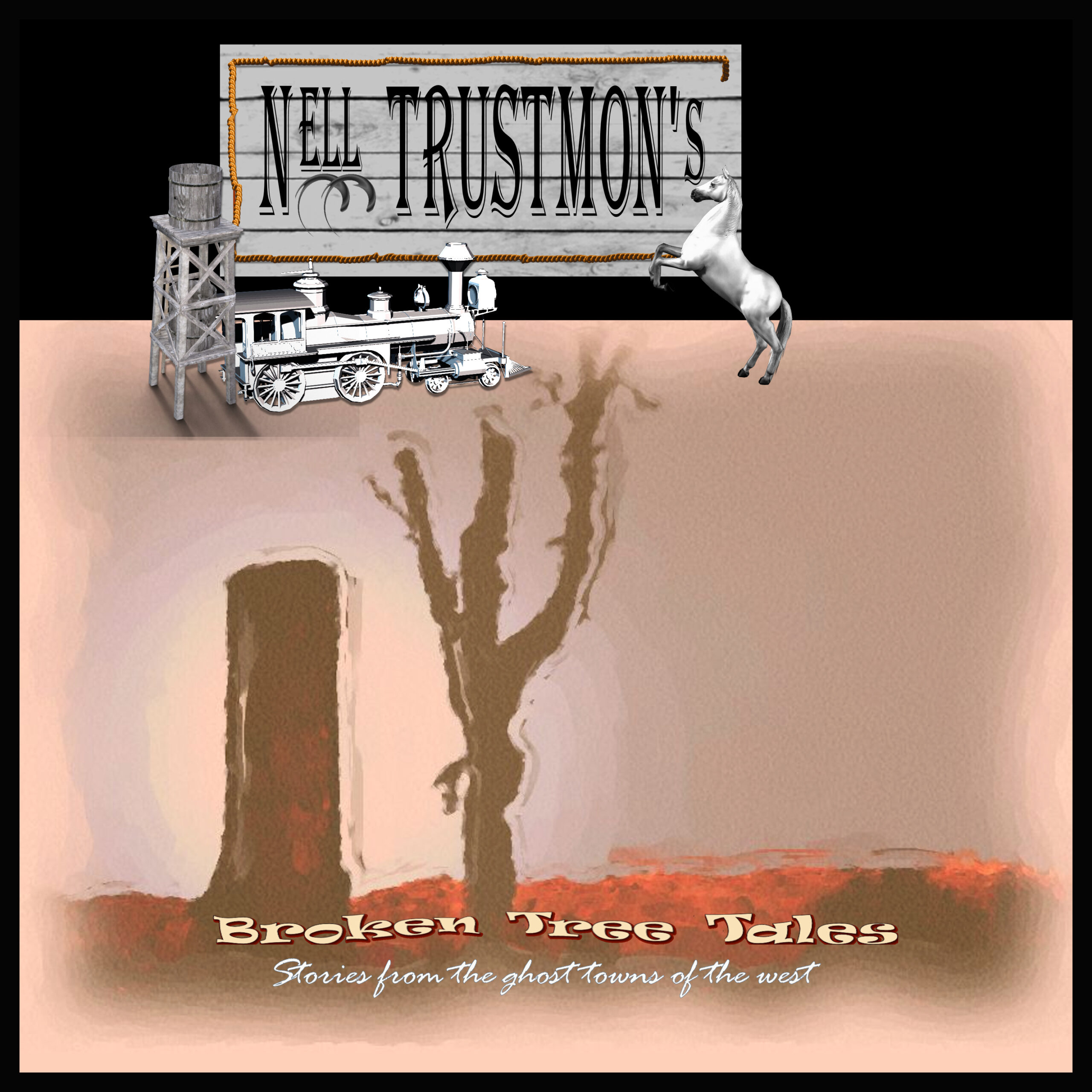
Video

Prospector and Old Red Bess - Nevada, 1955

Most Dependable, Miss Royal

Bucket of Blood Saloon

Austin, Nevada
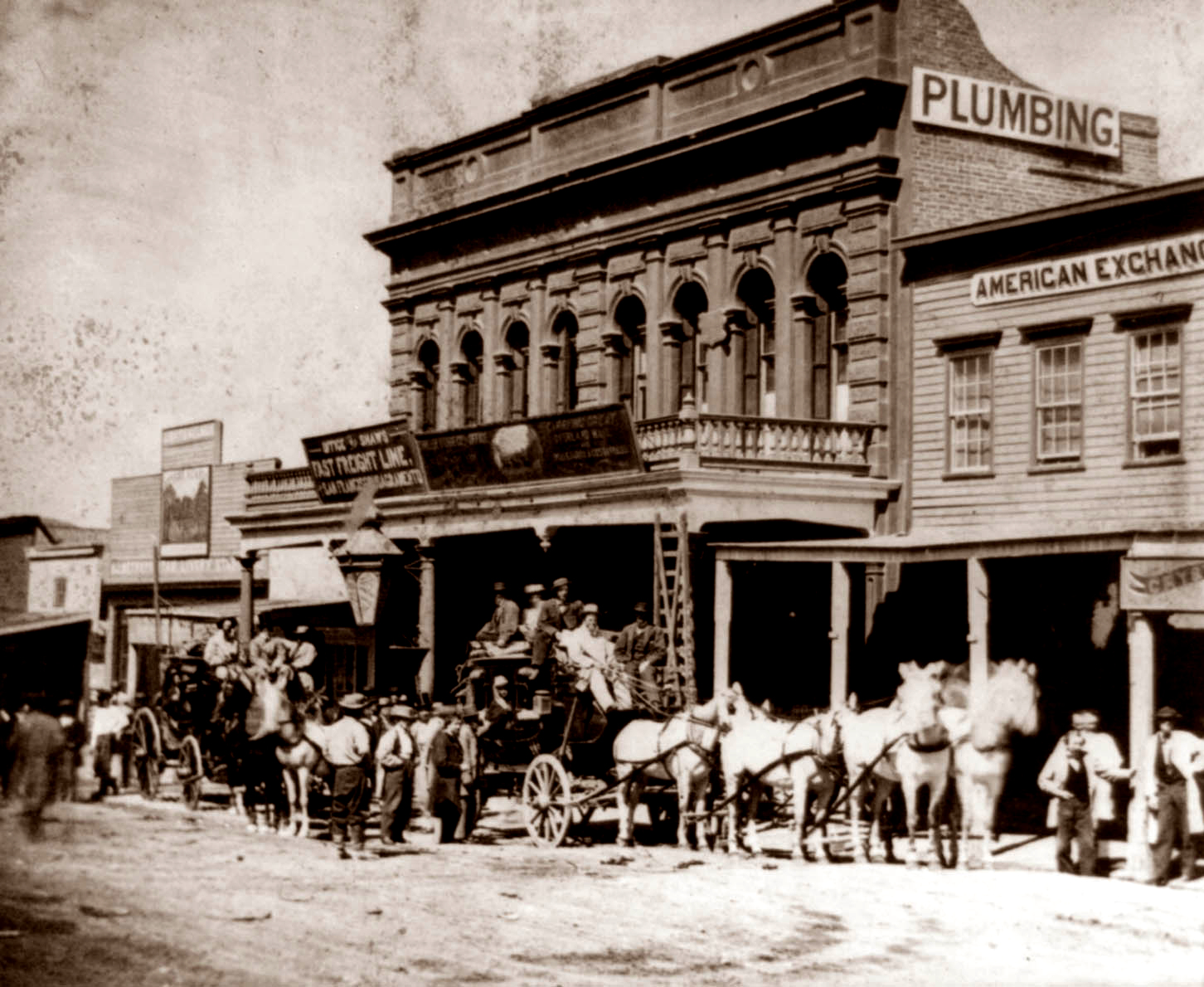
Virginia City
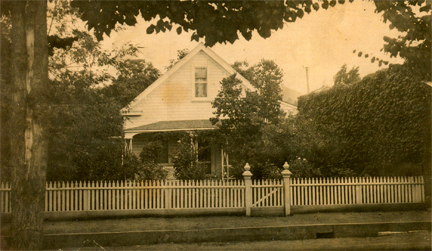
Willow House, Barton Idaho

Red Rocks, Utah

Old Sourdough

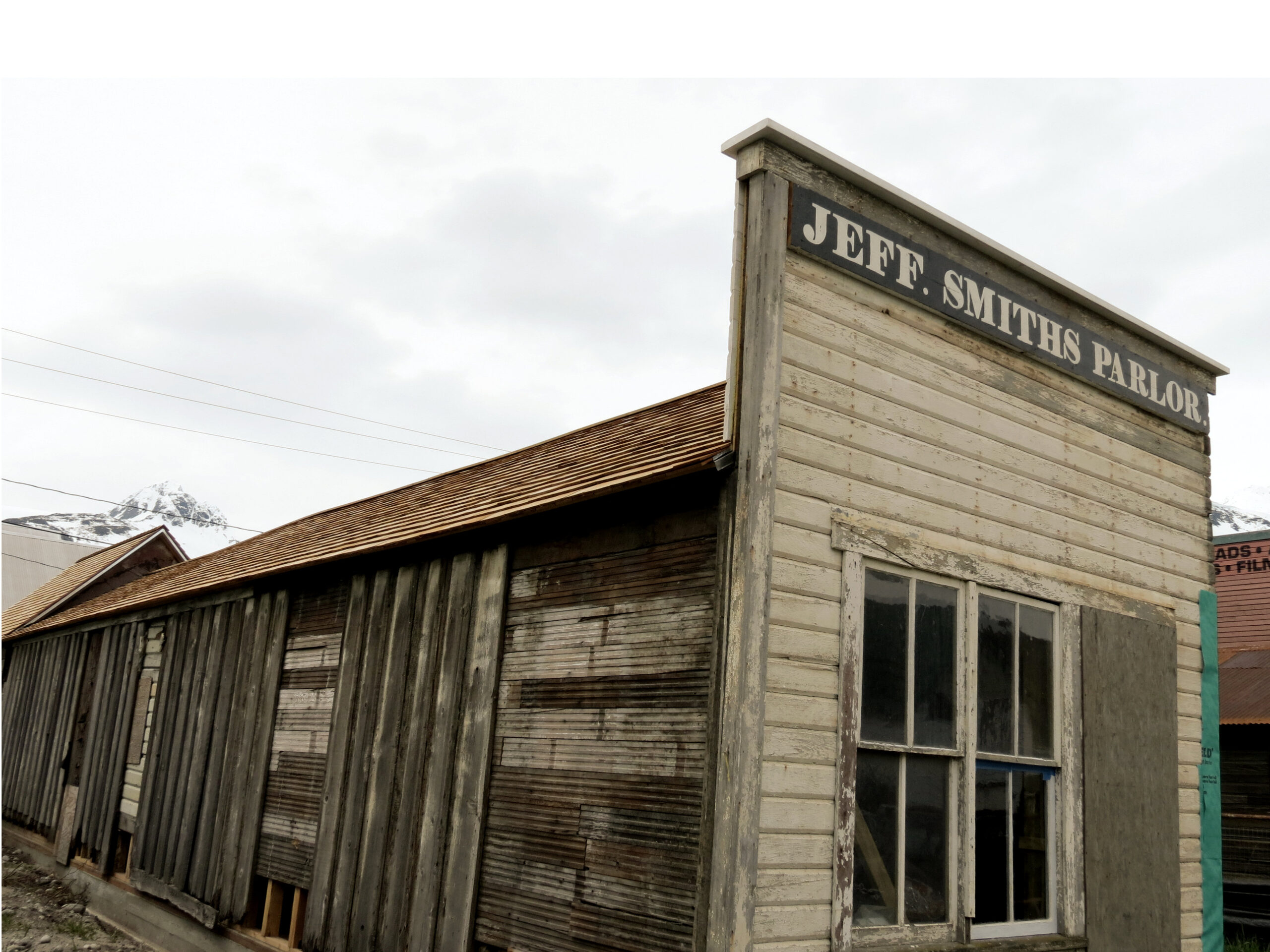

Piper's Opera House, Virginia City

Brady's Store

Rawhide. Nevada
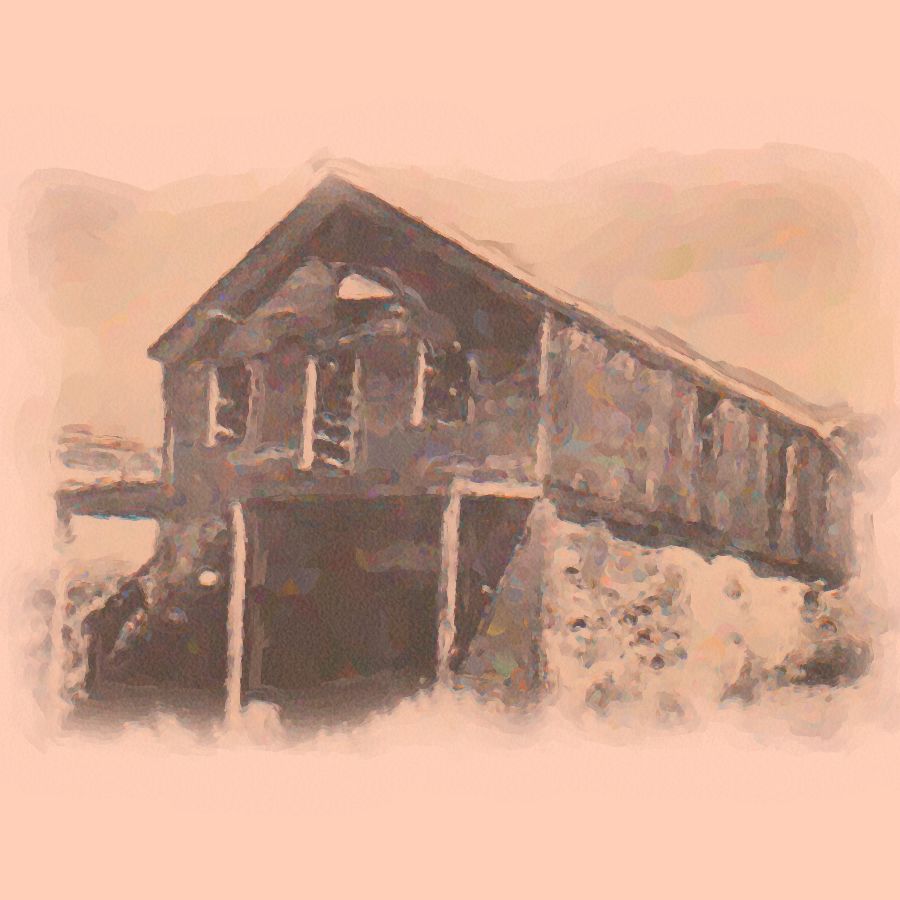
Last Chance Saloon
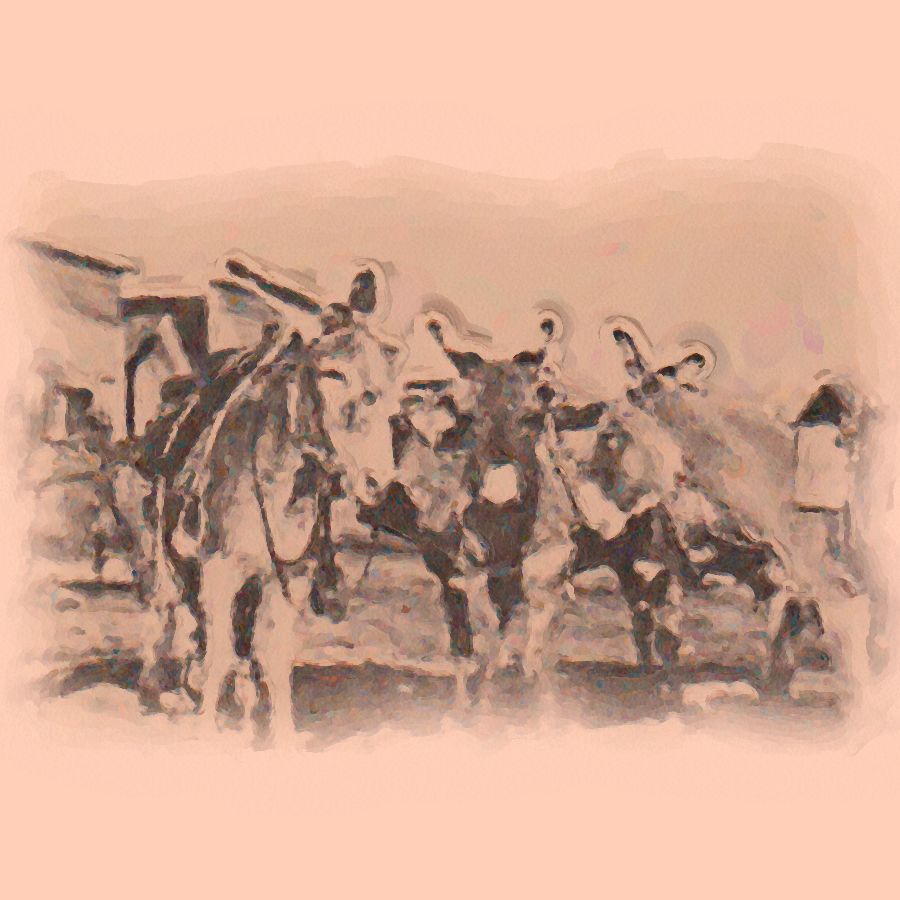


Nell Trustmon, 1956

Nell Trustmon’s Bio
In August 1947, after the death of my husband during the War, on the merest of whims, I decided to drive across the Great Basin Desert. The experience made me into a “confirmed desert rat.”
Someplace in the vast expanse between western Nevada and Utah, I began a new life as a prospector. Only instead of seeking gold or silver, I sought the stories of the West. More particularly, I came to look for the untold stories of the now abandoned ghost towns.
People either long-dead or long-gone became my closest friends. I read old newspapers, interviewed old-timers, and combed the historical archives seeking the big and the small stories from the past.
To pay for my new quest, I started a monthly magazine which I called Broken Tree Tales. I created this mythical town, Broken Tree (which is in California or Nevada or Utah or Arizona or New Mexico — I don’t really remember which) to place my characters and stories in . By putting them in a fictional place, I could change the yarns and the people as need be for the good of a seamless narration.
We live a good life.
There are four of us. First (and certainly the most important) is my 1947 car which I call OLD BESS. Once she was bright red, but the desert and its ever-blowing sand has made Bess into more of a dirty orange. BUT, Bless Bess! She goes and goes and goes. She carries me over rocks and through the cactus brambles, up steep grades, and down impossible inclines, over roads that once were, but are no more, through washes (wet and dry), and into the very innards of the West. In the twelve years that I have had her, Old Bess has carried me over 300,000 miles. I could not do what I do without her.
The second member of our little travelling group is my very best friend, my collie, Prospector. Some people say I should not have a long-haired dog in the heat of the desert. However, Prospector handles the heat better than me. He manages his energy efficiently. I believe that Prospector is really the ‘brains’ of our group. He certainly has the highest intelligence. More than once, his wise council prevented a terrible disaster. Prospector is my friend and my hearty protector.
The third member is my ever-dependable portable Royal typewriter. In the evening at our camp by the light of our kerosene lamp, she helps me to tell the stories that need telling. She adds voices and details and those all-important adjectives and an occasional adverb. Although I have only had her since 1951, she is a traveling companion that I consider to be one of my very best (forever) friends.
Then, of course, there is me, the mad woman of the desert who started this ongoing escapade. I travel with no other humans, and I may be outside human contact for weeks and weeks. I know that scorpions and rattlers and mountain lions are genuine dangers. I know about rock slides and painful cactus protrusions. I know about heat and lack of water. I know all of these well because I have experienced them all. However, like most desert rats, I love the stars at night far more than I fear the desert’s many dangers.
I camp where it suits me. I cook over an open fire, opening a can of beans or stew, depending on my mood. I keep my Winchester loaded and close by, and depend on the collie’s wisdom and sense of danger.
Sometimes, I listen to the car’s radio, but most often I prefer the song of the desert night. When it rains, I snuggle up in the backseat of Old Bess. Otherwise, I am either in my tent (if I feel like putting it up) or sleeping on the ground.
I ramble where I please and when I choose. It is a good life. It has purpose and meaning. AND, I get to meet the past’s most interesting people.
Miss Jullia
“Miss Julia” tells Nell’s version of the murder of Virginia City’s most famous prostitute, Julia Bulette. She looks behind the sensationalist press to find the real story and determines that the wrong man was probably hung for her murder.
~ Listen ~
Miss Julia
by Nell Trustmon | Broken Tree Tales
The Piano Man of Stingaree Gulch
Stingaree Gulch was Nevada’s original sin city. The “Gulch” was an infamous pleasure pavilion created, financed, and controlled by George “Tex” Rickard. Seeking someone who had been in the “Gulch” when it was booming, Nell places ads in several newspapers. George, the “Piano Man of Stingaree Gulch” responds. He tells her about “Tex” Rickard and his multiplicity of operations. George was also the timekeeper and bell man for Rickard’s 1910 “Fight of the Century.” To promote the fight (and to increase his profits), Rickard stoked the nation’s already raw racial tensions, billing the fight as a “return to honor for the white race.” Then, Rickard took all the anti-Johnson (“white men”) bets, knowing that his good friend Jack Johnson could easily beat the now-retired and out-of-shape (white hope) Jim Jeffries.
A compelling story told in Nell’s usual “aw shucks” style.
~ Listen ~
Piano Man of Stingaree Gulch
by Nell Trustmon | Broken Tree Tales
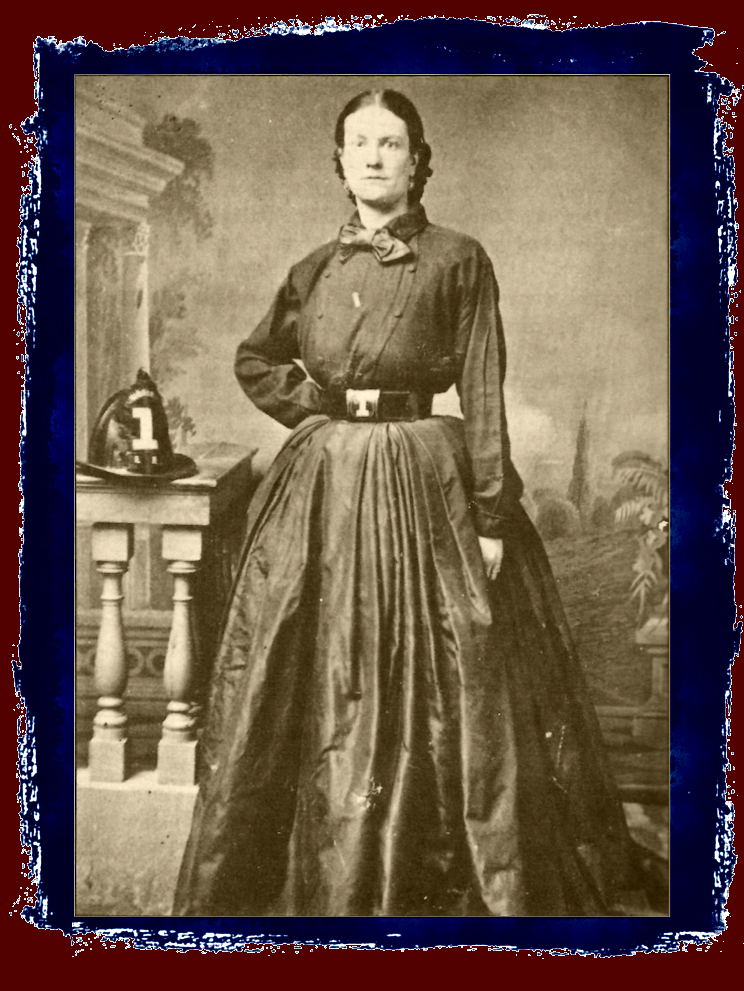

Alligator
A Nell Trustmon story of frogotten ghost towns of the American West.
In rural mining communities like Boyce, Colorado, the arrival of the “Alligator Man” created a community-wide celebration. How could any of the Lithuanian miners continue to work in the deep, hard rock silver mine when there was a real, live alligator in town?
Gotta see that!
~ Listen ~
Alligator
by Nell Trustmon | Broken Tree Tales


Call Her Amanda
A Nell Trustmon Short Story, taken from her magazine Broken Tree Tales
Nell retells the story of red-haired “Amanda” who may have been the first woman in the mining boomtown of Bonanza, Idaho. In the story, a poker player wagers his wife (“Amanda”) against his previous losses, but the gambler loses.
“Amanda” is won by a miner, but another steals her away. She escapes and seeks refuge with a third miner. Three miners each pointing their guns at each other!
While the story has humor, the real woman “Amanda” died in 1908 in the infirmary on the Challis County Poor Farm.
She was not yet 50.
Not yet 50.
Used up and discarded like many of the old boom towns themselves.

~ Listen ~
Call Her Amanda
by Nell Trustmon | Broken Tree Tales
He Done Her Wrong —
Alma shoots Joe
A Nell Trustmon Story from her magazine, Broken Tree Tales
In June 1909, the daughter of one of California’s first ‘gold bugs’ shot her fiancée, the son of a wealthy Portuguese fruit grower. Alma Pike shot Joe Armez.
“Flying over the pretty little mining town of Auburn, California I immediately saw the Courthouse. It is situated on a hilltop that can be seen for miles. Its classic dome gleamed in the afternoon sun. Even from the air, I thought it was an immense showpiece.
When it was built in 1898, the building included four state-of-the-art jail cells. The four cells were adequate for a courthouse that typically handled only a dozen criminal cases a year.
What no one ever thought of was that maybe (just maybe) the Courthouse might have to sometimes house a female prisoner. When a criminal case involving a woman charged with murder occurred in the summer of 1909, there was no place to house her. So, the County created a special cell for her under the main stairwell leading to the front of the Courthouse.
What they did not realize was that in placing Miss Alma Bell in such a public location, she was literally where anyone could walk up and talk with her. And the young Miss Bell was very talkative and more than willing to tell her story to anyone who would listen.”
Episode includes original period music.
- Goodbye Mrs. Durkin performed by Kelly O’Neal. (Taken from a 1968 Ed Sullivan Show accessed through YouTube, January 2022)
- Frankie and Johnnie performed by Jimmy Rodgers (1929 version accessed through YouTube January 2022)
- Beautiful Eyes performed by Ada Jones (1909 version accessed through Playback.fm January 2022)

~ Listen ~
He Done Her Wrong
by Nell Trustmon | Broken Tree Tales

~ Listen ~
Gambler's Boots
by Officer James H. Kinkead | Broken Tree Tales
Gambler’s Boots
The Robbery of the Overland Express Train
As re-told by Officer JAMES H. KINKEAD, the officer who arrested the perpetrators
In this episode, we share an original historical document. It has not been fictionalized.
Former Washoe County Undersheriff, Officer James H. Kinkead died June 9,1912. Among his papers and effects, Jim Kinkead’s family found a pencil-written manuscript telling about the robbery of the Overland Express Train # 1 on November 5, 1870, and about Kinkead’s role in apprehending the perpetrators.
Central Pacific’s Train No. 1, the “Overland Express,” carried bags of newly minted gold coins for the monthly payroll of the Yellow Jacket Mine. The train robbers believed that they were stealing a haul worth over $60,000.
The manuscript contained a poignant note. “Of the many officers who took a prominent part in the arrest and conviction of the train robbers, all are now dead save me. I was the one who followed the faint, small-heel footprints through the mountains until they led me to the lair of the robbers. I was also the officer who collected most of the evidence used at the trial. For these services, I received most of the large reward.”
~~~~~
Jim Kinkead’s manuscript is now housed in the Nevada State Archives.
Music — Ballad of the Well-Known Gun by Elton John. Recorded in his Tubleweed Collection (1970)

~ Listen ~
Lying for Fun and Profit
by Nell Trustmon | Broken Tree Tales
Lying for Fun and Profit
In this light-hearted story, Nell Trustmon talks about the Sazerack Lying Club, an invention of newspaper editor Fred D. Hart. His 1878 book outsold all of Mark Twain’s.
“This purports to be a book on lies and lying, but it does not treat of the lies of politicians, stock-brokers, newspaper men, authors, and others, who lie for money; neither does it touch on the untruths of scandal, mischief, or malice, but only on those lies which amuse, instruct and elevate, without harm. It is a record of lies told in a club known as the Sazerac Lying Club, whose objects, as its name implies, are lying. A chapter is devoted to the rise, progress, and history of this club, interspersed with these lies. The book contains a number of sketches of odd characters in Nevada, and local narratives of life in Austin, written by the Author, and published from time to time in the columns of the AUSTIN REVEILLE, of which paper the writer has for several years been editor, and which have been clipped from the files of that journal, and made to do service in padding out this book to a sellable size.”
“In the days of the Father of this Country, if we are to believe a little tale about an adventure in connection with a particular cherry tree, lying was looked upon as wrong.
But that was before the time of the steam engine, the electric telegraph, daily newspapers, stocks and stock-brokers, and other modern improvements.
Today, to lie, and lie well, is meritorious, and besides, there’s money in it, which of itself is sufficient to make it commendable.”
~Newspaper editor – Fred D. Hart~
Austin, Nevada, 1878
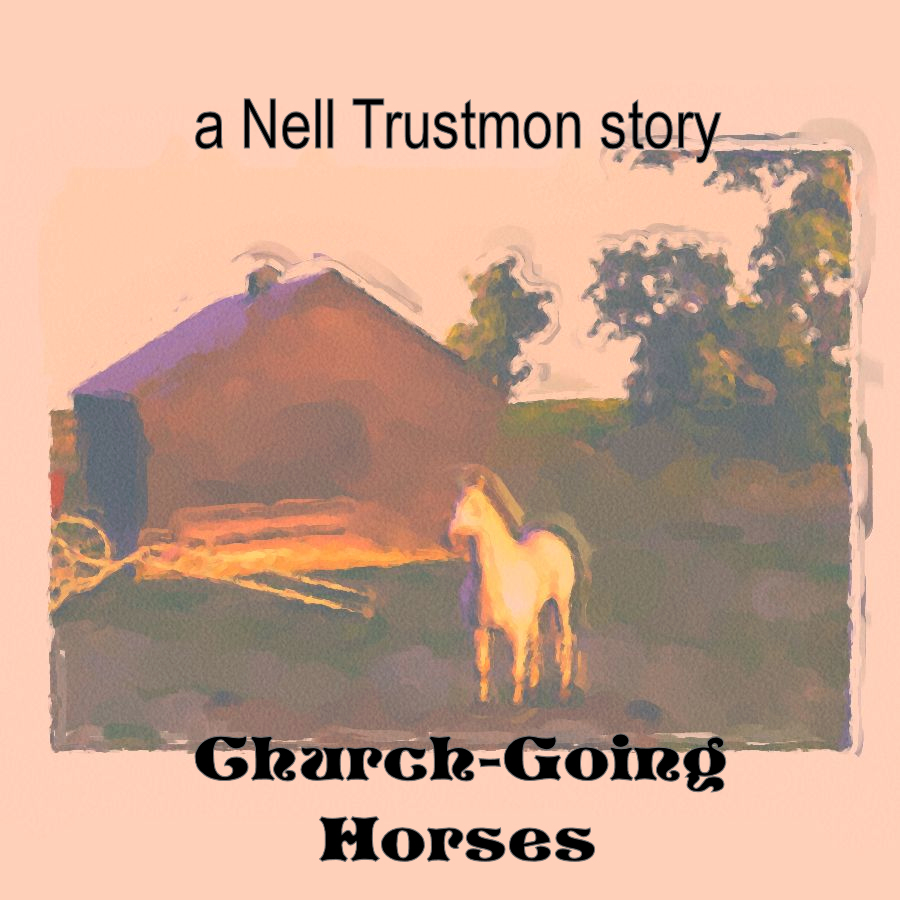
~ Listen ~
Church-Going Horses
by Nell Trustmon | Broken Tree Tales
The Church-Going Horses
A Nell Trustmon Story
The very first so-called western “ghost town” that I ever actually visited was Columbia, which was dubbed “the gem of California’s mining towns” by the local Chamber of Commerce. My husband’s family owned some property nearby and there was considerable discussion about turning the old, nearly abandoned town into a California State Park. He wanted to go up and see what was happening.
So in May 1941, he flew his small plane up from our home in Newport Beach to the small airport in Jackson, and he invited me along with the proviso that I bring no luggage. I stuffed some nylons and extra undergarments in my purse and off we went. We were able to hire a car from the local Ford dealer and spent three days sniffing things out.
Always the newspaper reporter, my husband, Nolan Trustmon, used the trip to interview some of the old sourdoughs and then wrote a very nice piece about the lynching of one bad hombre named “John Barclay.” (I say “nice” because my husband had an excellent eye for detail in his writing. The incident itself was gruesome and Nolan’s story is probably best viewed today as a piece of Halloween horror.)
The old western ghost town seemed to energize Nolan. He kept saying, “So many stories; such a rich history.” However, to be quite honest the collection of decrepit and crumbling buildings left me unenthused.
I had grown up in New England, and probably would have stayed on the Yankee seacoast my whole life had I not met this handsome newspaper guy from California. I loved the time we had spent together sailing on his boat — down the Atlantic Coast, through the Panama Canal, up along Mexico’s Pacific Coast, and into California. For me, true adventure came with waves and salt air, and always happened in far-away places.
My first impression of Columbia as a place was that there seemed to be nothing there. Some scrub oak trees, a mish-mash of buildings (some modern and some looked like they came straight from a western movie set), and some rusty equipment that no one had carted away. Compared to the real history found in Boston or Philadelphia, the dilapidated mining town seemed to me to be a nothing. “Why would the State of California spend its tax dollars to make this place into a historical state park?” I asked myself.
My lack of enthusiasm did nothing to dissipate Nolan’s intense fervor. On the flight back, he said, “Wonderful place! Too bad you did not like it.”
As I shared earlier, that trip was in May 1941. Then the War intervened. By February 1942, Nolan Trustmon was a Marine Corps Officer, completing flight school at the top of his class. Over the next two years, he flew forty-eight successful combat missions over the Pacific, but was killed on his forty-ninth.
I still say that “49” (not “13”) is the unluckiest of all numbers.
Nolan was killed in a far-off place that I had never heard of. It took me a half-hour to find it on the world map at the public library.
I share these details because in all of my travels throughout the Western United States (covering well over 300,000 very rugged miles), I never once returned to Columbia.
Since my initial visit, it had indeed become a California Historic State Park. Thousands of tourists and history buffs came every year, but I stayed away. In fact, I never ventured close; avoiding Angel’s Camp, Plymouth, Yankee Hill, Jamestown, Jackson, and Sonora.
Then in 1958, a terrible wildfire swept through Tuolumne County. I was concerned about the well-being of one of Nolan’s elderly relatives and I called her niece to inquire about her. The elderly relative was fine, the niece said, “But, Miss Emma has been asking about you. She knows that you write stories about the old mining towns, but you have never asked about hers.”
Properly, shamed, I drove up the very next week. This is one of Miss Emma’s stories.